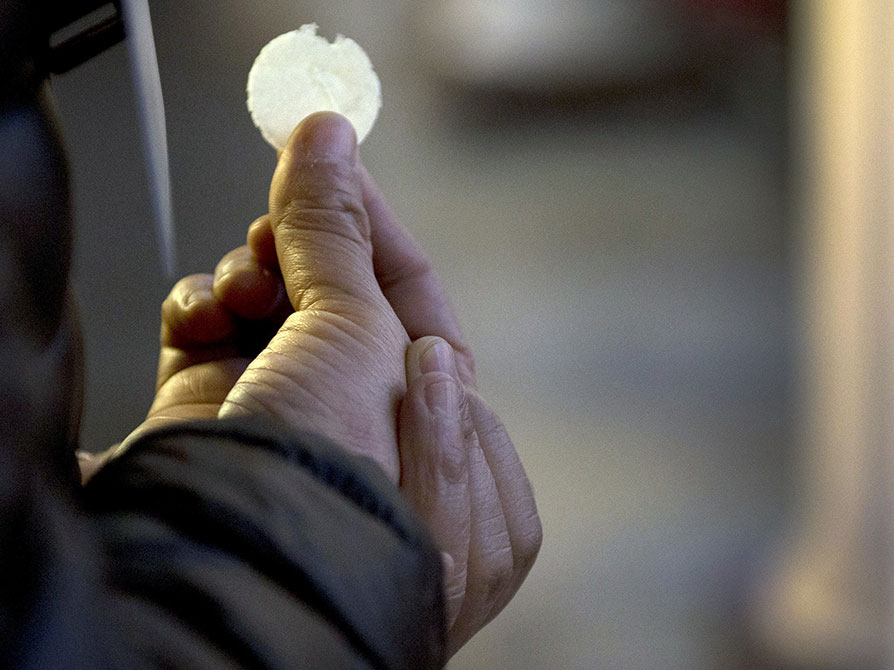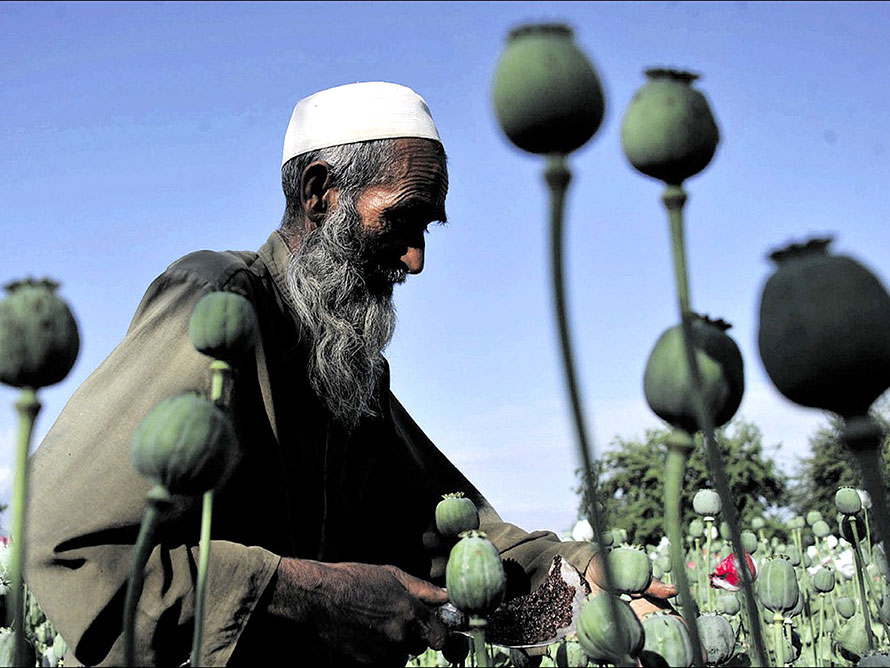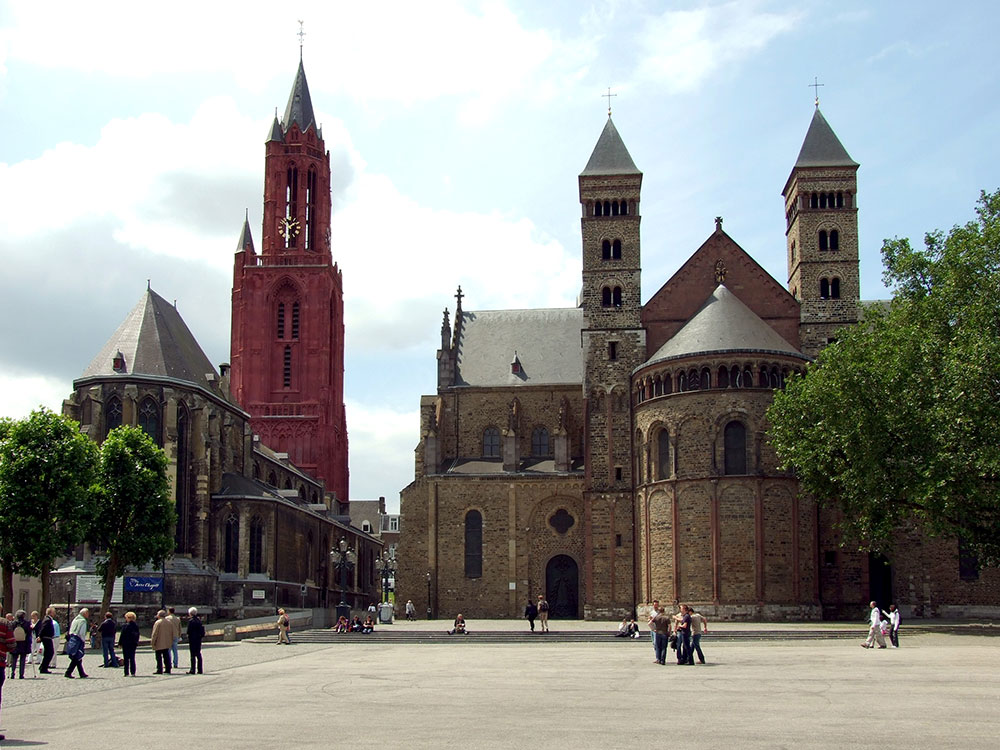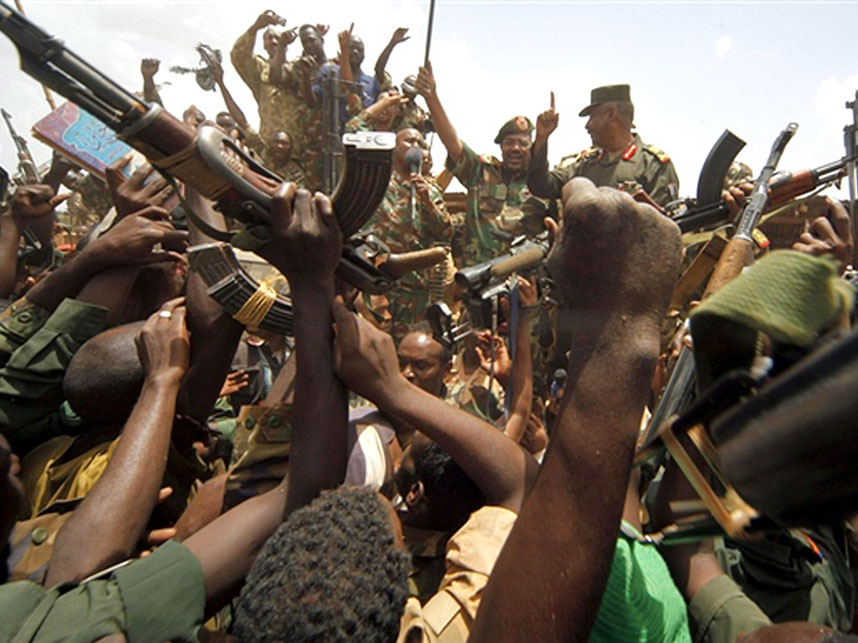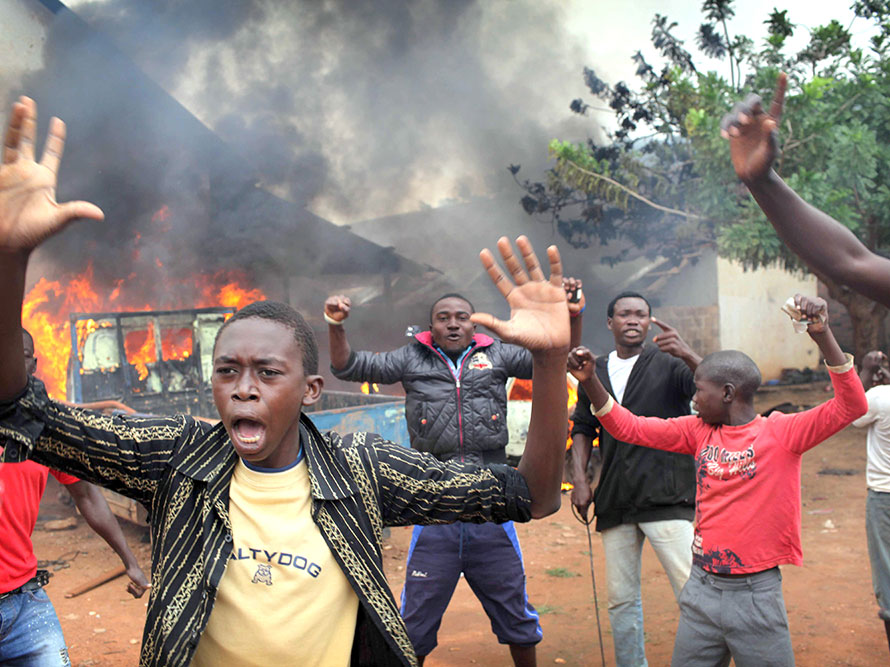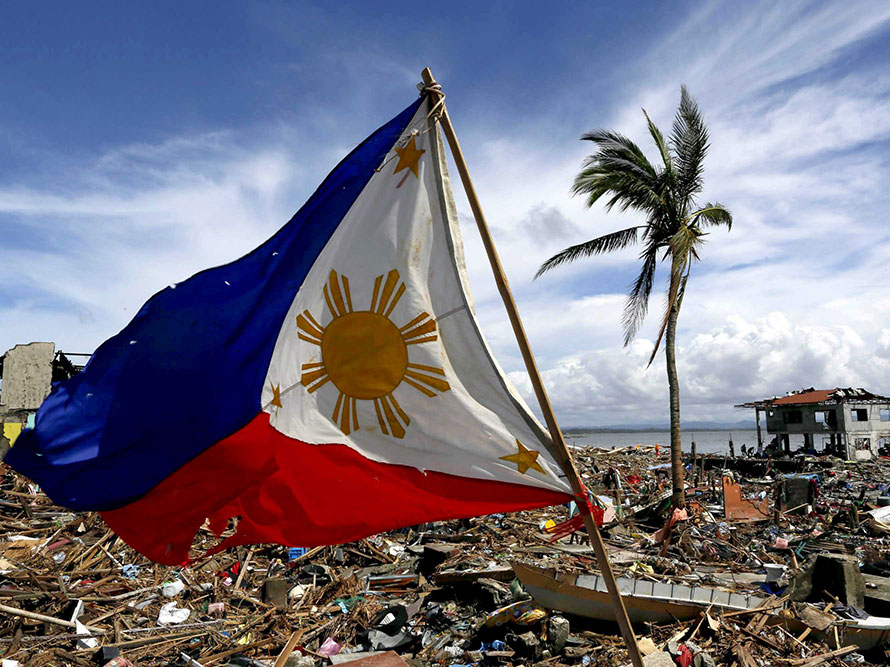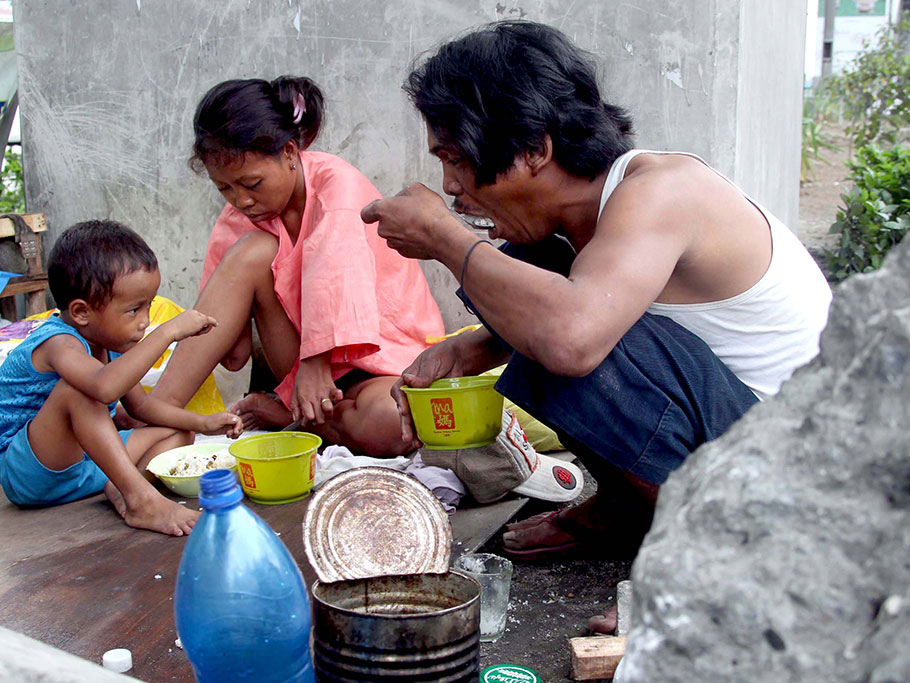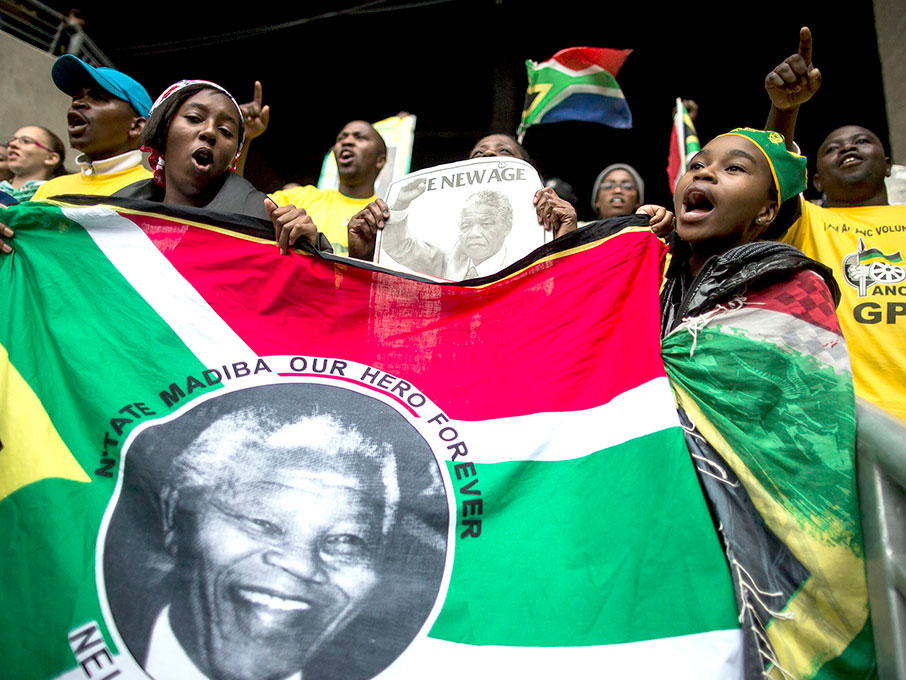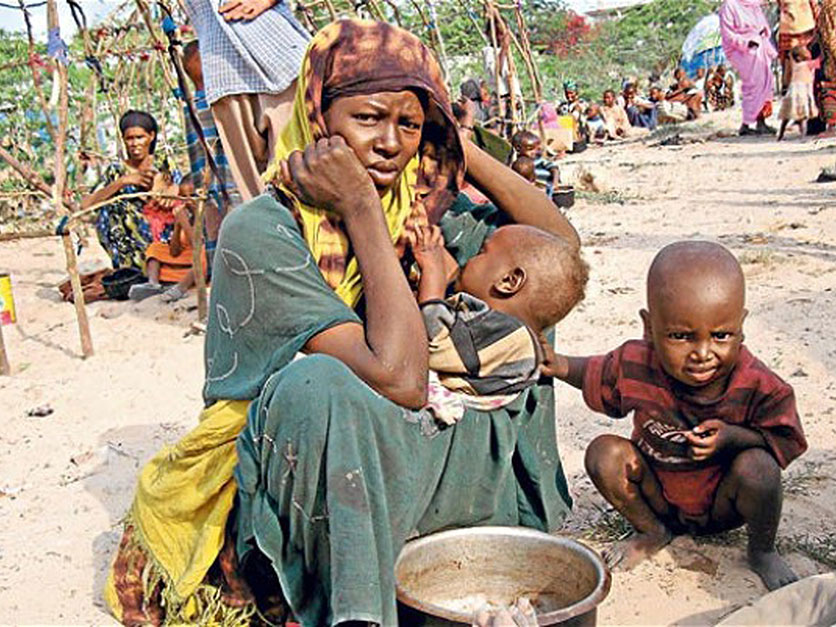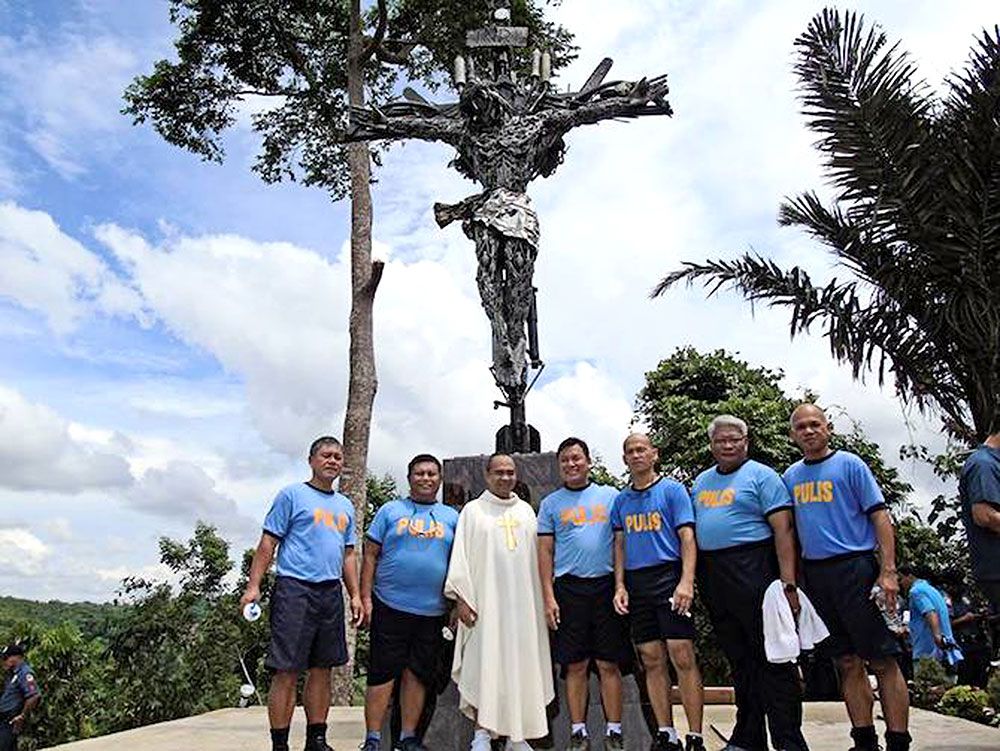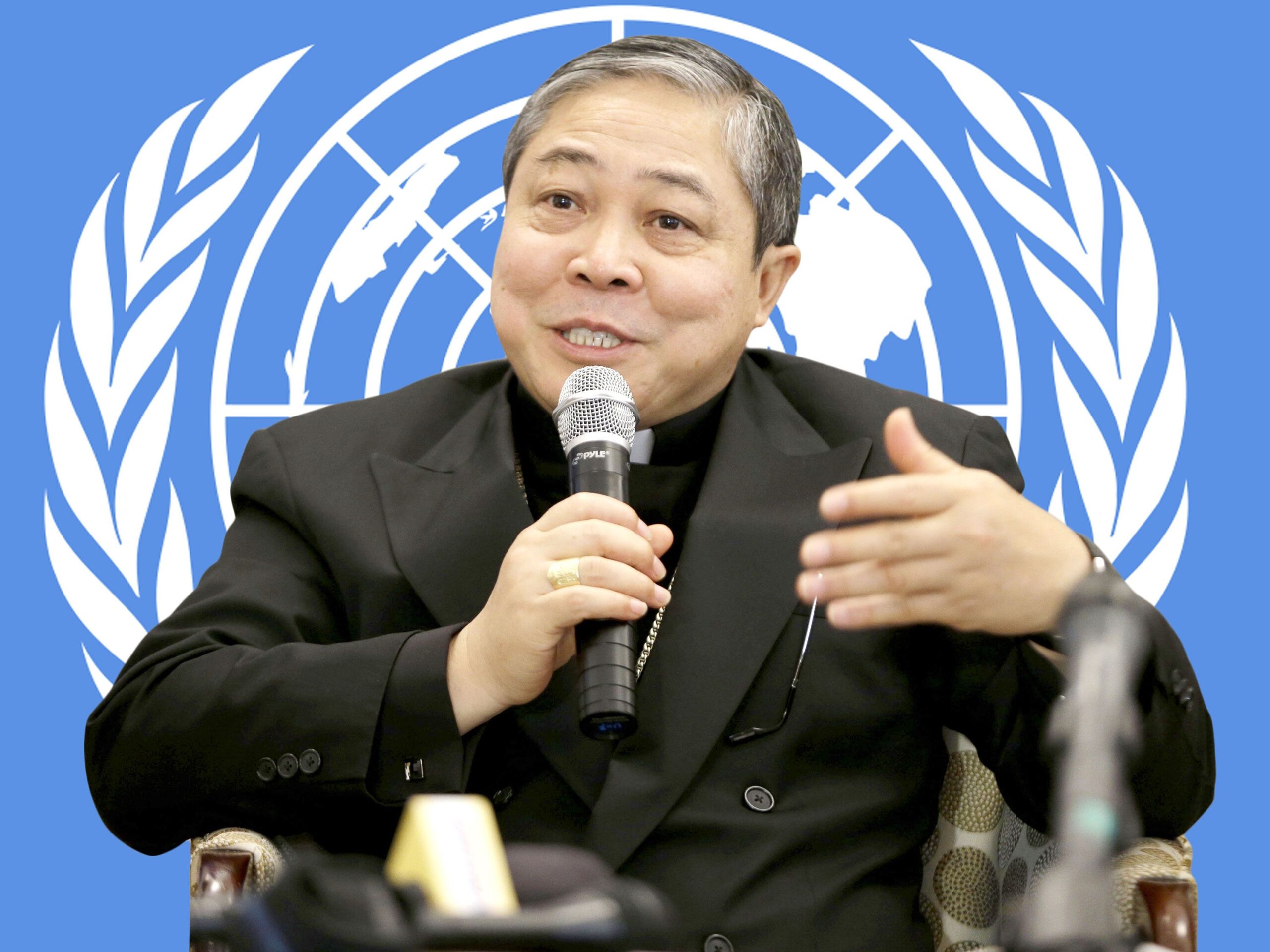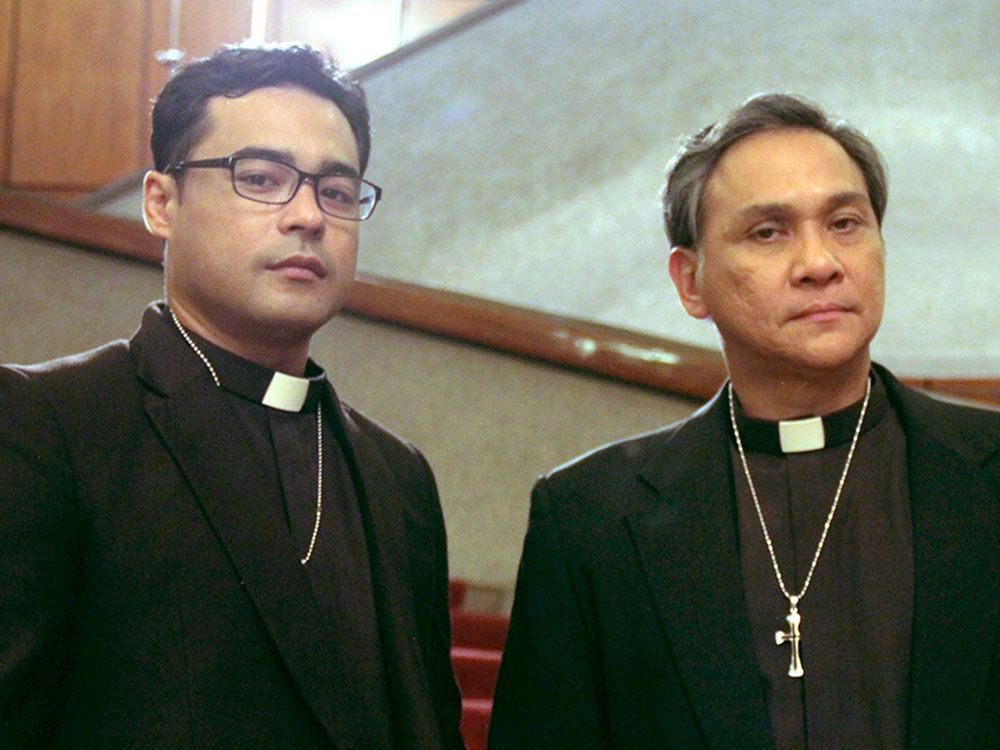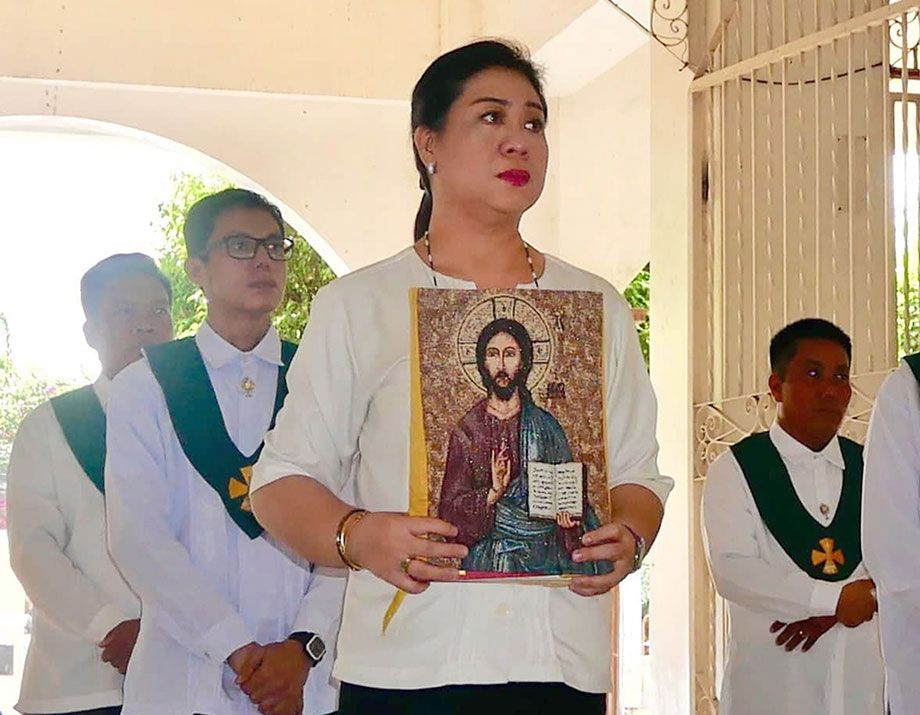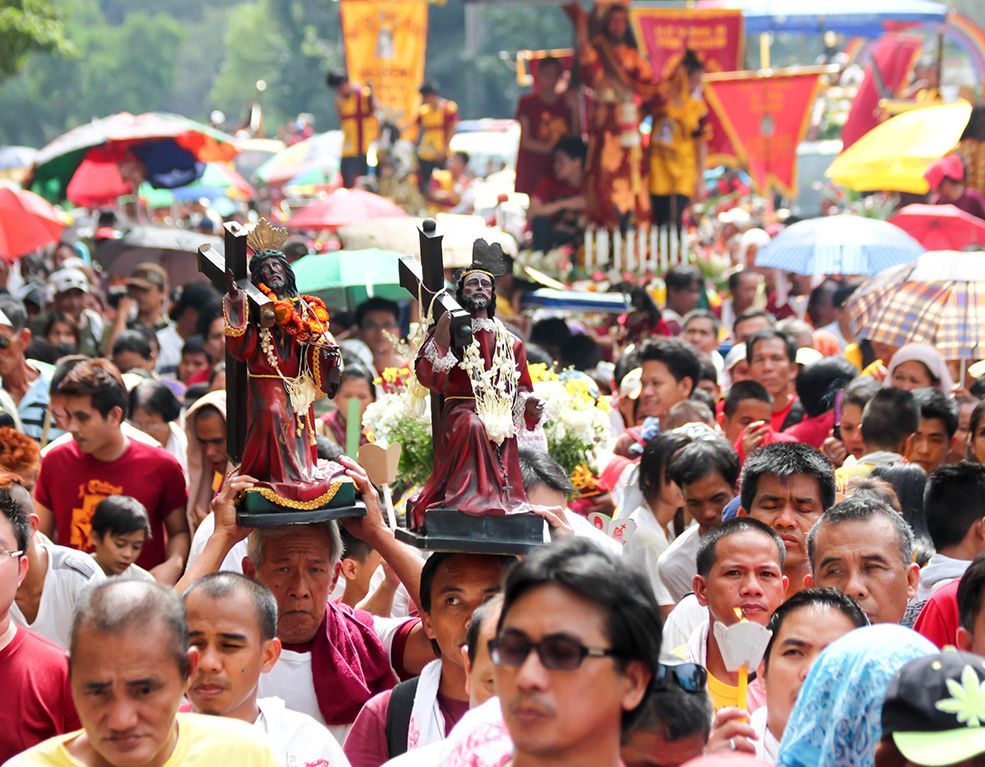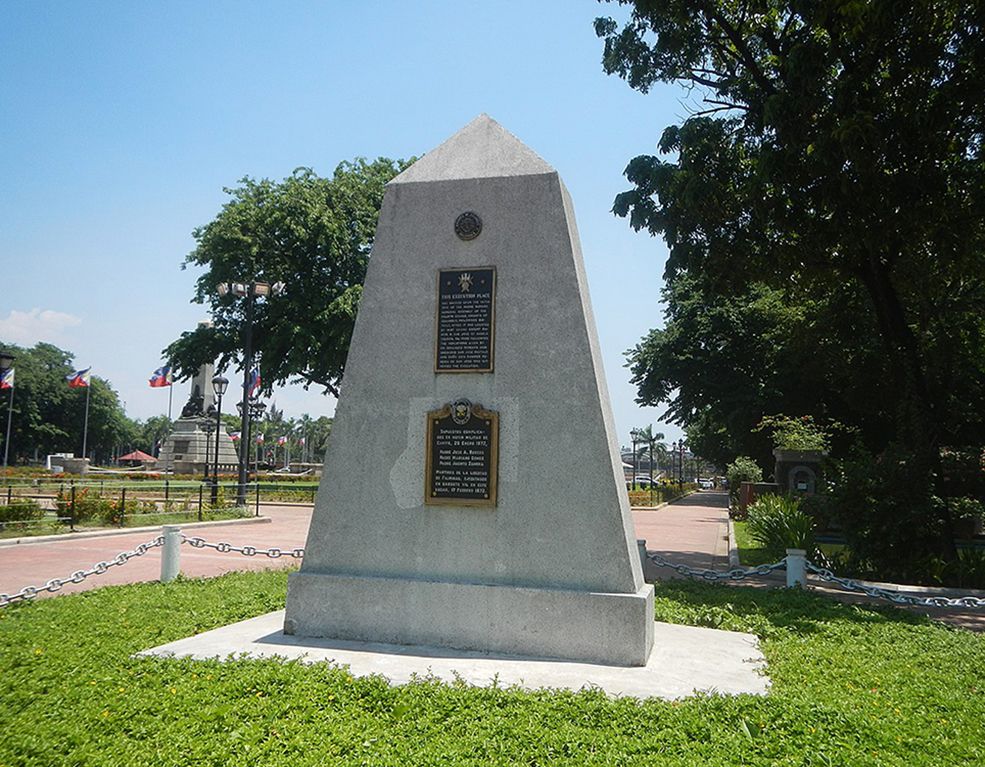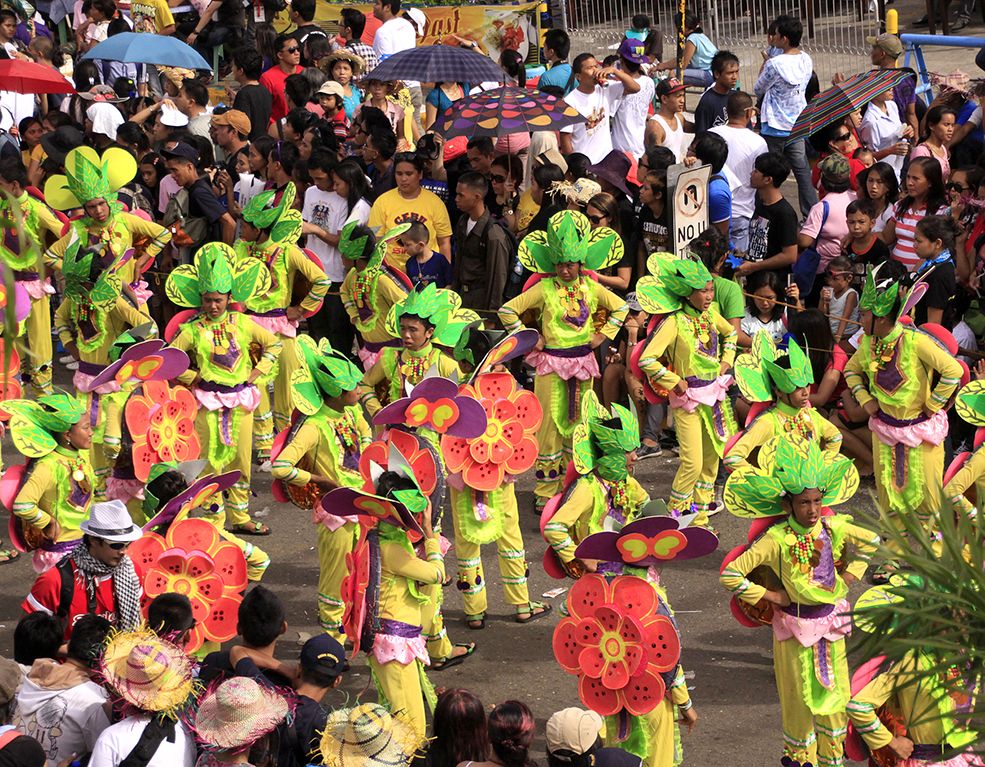When Sr. Mary Varguese of the Sisters of Charity of Saint Anne was sent to the Philippines in 1994 to work at a government-run center for mentally-affected persons, the Indian nun did not foresee the kind of challenge she would get into.
A professional special education (SpEd) teacher in India, Sr. Mary was sent to Elsie Gaches Village (EGV) in Alabang, Muntinlupa City to do missionary work. Teaching mentally-challenged persons is Sr. Mary’s cup of tea and dealing with special children has been involuntary for her like breathing – until she arrived at EGV.
Sr. Mary said she was “completely shocked” when the EGV then appeared to her more like a prison than a center for mentally-challenged persons like their Congregation’s school for special children where she had worked for back in India.
“They were all locked up in a room with grills from ceiling down to the floor. They were like prisoners who are acting very wild and not behaving properly. Nobody were calling them by their names but bulag (blind), negra (black), unggoy (monkey), or baboy (pig),” she shared.
Sr. Mary recalled that the condition of EGV patients could not compare with her students in India whose clothes, food, medicines, and needs were well provided for by their families and the Congregation.
“When I first came in here at EGV, I was completely shocked because it is very different here. There are no wheelchairs; the children are smelly and infected with scabies. Most of them were naked and had none but lampin (dirt cloth) to wipe their faces with,” she said.
“I just could not swallow it. I was used to being provided with everything in India but it wasn’t the case here because the children are all abandoned. They have absolutely nothing and nobody to begin with,” she said.
Although it took Sr. Mary six grueling months to adjust to her new environment at the EGV, she nevertheless found her “very challenging” mission to be worth all of her effort for the past 18 years.
“This work is definitely hard but I love it. I have learned to love these children who I saw growing right before my very eyes. They may not have anybody in their lives but I am here for them,” she said.
‘A GREAT IMPROVEMENT’
Sr. Mary has witnessed how the EGV developed as an institution and a community since the Sisters of Charity of Saint Anne partnered with government social workers to care for the mentally-challenged persons at the center. She was one of the first nuns from the Sisters of Charity of Saint Anne who came to the EGV in 1994. “The situation then was very bad, but EGV now has improved a lot,” she said.
From a 16-hectare residential compound that was donated to government by American philanthropist Samuel and Elsie McCloskey Gaches in 1964, the EGV now is a well-maintained center that cares for the sick, abandoned, orphaned and neglected mentally-challenged Filipinos housed in 14 cottages.
Since the Sisters of Charity of Saint Anne got involved in the EGV, individuals and corporations have started pouring in donations to support the operation of the center and the needs of the growing number of patients. The center has patients as young as five and as old as 79.
According to Elizabeth Panambo, the head social worker at the EGV, the Sisters of Charity of Saint Anne were not only giving professional nursing care and special education to their clients, but were also instrumental in helping raise funds for the center’s operation.
The nuns’ help in inviting donors to the EGV is very vital since the EGV spends at least P79 per meal for each of its 602 clients, apart from a minimum of P10,000 spent daily for the medicines of the ill ones. This is apart from the cost of operating and maintaining the center, paying for its 186 personnel and spending for the rest of the needs of the patients like clothing and hygiene.
Sr. Savita Parmar, who’s in charge of dealing with benefactors, said that getting support from local and foreign donors has been smooth-sailing. In fact, a group called “Friends of EGV” has been established among consistent supporters of the center.
“If you are directly asking them for donation, it is difficult. But not if you invite them and take them around and present the situation and needs of the children, they will understand. Whatever they donate, you use for the particular need you asked for and furnish them with receipts and pictures. Normally, they believe us,” she said.
Sr. Savita said the religious involvement in the EGV has increased confidence of private and corporate donors that their donations will be spent on the intended purpose.
“Donors admittedly have negative notions of the government. But our experience here at EGV proves that our involvement here made people believe that all funds go to the same purpose of beautifying the lives of the special children,” she said.
Mrs. Panambo, for her part, said the EGV is a successful model of a private, public and religious partnership since the government, the Congregation and the private sector complement each other towards a common purpose.
“This is where you see the government runs the facility while the religious community helps out to reach private individuals who have the money but cannot operate a center like EGV. Private individuals and corporate donors support the government to continue running the EGV,” she said.
‘THEY ARE ANGELS’
Maintaining a 16-hectare compound, running a center caring for 602 clients, and managing a staff of 186 would be a tough task for any government official specially when done under a measly budget but Mrs. Panambo said seeing their patients “happy and content” with the services is the best affirmation she gets in her job. “Seeing them happy and smiling, and content with our services is the greatest achievement for us here at EGV,” she said.
Meanwhile, Sr. Savita admitted that the nuns’ work at EGV is hard but claimed that working for the special children has its own rewards. “When you see God in these children, everything becomes easy. They don’t have demands like normal people, they don’t complain and are always appreciative of what is given to them. They are angels because they don’t have malice and are very satisfied people,” she said.
Sr. Savita said the nuns also take pride in seeing the special children grow healthy, athletic, competitive and functional. “Deaths are few recently compared to the previous years and the children are active in sports. They even compete in special olympics that are organized outside EGV,” she said.
Sr. Savita added that they bring in nuns who are professional nurses and Special Education teachers to work at the EGV to give dignity to the otherwise neglected part of the society.
“Even if they are in this kind of situation, we want to bring them up, lift their standard of living through therapy and education so that they would not remain as is,” she said.
Inspired with the biblical verse “whatever you do for one of the least of your brothers, you do it for Me,” the nuns said they will continue to work at the EGV to care for the mentally-challenged Filipinos.
“These special children bring the message of God to us that He still loves the world because many people are getting involved and helping us in our work. It also reminds us that we are only an instrument of God for these children,” Sr. Savita said.
For her part, Sr. Mary said what consoles her is the belief that “the reward for this work is only attained in heaven,” adding that she would love to stay and work at EGV unless she is assigned to a different work by the Congregation.
“It will be really painful for me to leave EGV but what can I do? We are not fixed anywhere. Where the Congregation sends us is where we will be and we just prepare ourselves,” the nun said, with tears forming at the corner of her eyes.
To know more about the Elsie Gaches Village, write or call Mrs. Elizabeth Panambo, head social worker, EGV, Alabang Zapote Road, Muntinlupa City. Telefax N. 02-8076023, Email address: egv_ncr@yahoo.com




